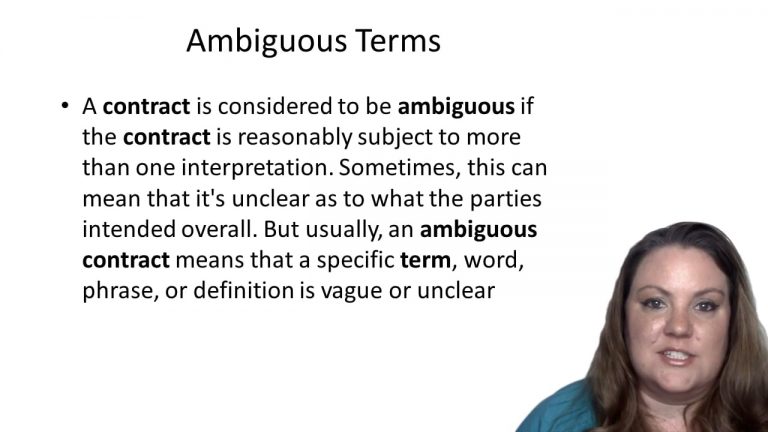SmartBrief
Confirm favorite deletion?
Criminal Law Keyed to Lee
United States v. Dauray
Citation:
215 F.3d 257 (2d Cir. 2000)Facts
Charles Dauray was parked at a state park when he was approached by an officer. The officer found him in possession of thirteen unbound pictures of minors engaging in sexually explicit conduct. These pictures were pieces from magazine pages. Dauray was aware of the content of the pictures. He was charged with possessing child pornography in violation of 18 U.S.C. § 2252(a)(4)(B) (1994). The jury found him guilty, finding that four of the thirteen pieces of evidence met the statutory definition of sexually explicit conduct.
After the jury’s verdict, the district court considered Dauray’s pretrial motion, which petitioned to dismiss the indictment for failure to charge an offense. Dauray argued that the four pictures were visual depictions themselves and therefore could not be “other matter with contain any visual depiction,” as the statute’s plain language stated. The district court concluded that the pictures were “other matter” and denied Dauray’s request to apply the rule of lenity. Dauray appealed this judgement.
Only StudyBuddy Pro offers the complete Case Brief Anatomy*
Access the most important case brief elements for optimal case understanding.
*Case Brief Anatomy includes: Brief Prologue, Complete Case Brief, Brief Epilogue
- The Brief Prologue provides necessary case brief introductory information and includes:
Topic:
Identifies the topic of law and where this case fits within your course outline.Parties:
Identifies the cast of characters involved in the case.Procedural Posture & History:
Shares the case history with how lower courts have ruled on the matter.Case Key Terms, Acts, Doctrines, etc.:
A case specific Legal Term Dictionary.Case Doctrines, Acts, Statutes, Amendments and Treatises:
Identifies and Defines Legal Authority used in this case.
- The Case Brief is the complete case summarized and authored in the traditional Law School I.R.A.C. format. The Pro case brief includes:
Brief Facts:
A Synopsis of the Facts of the case.Rule of Law:
Identifies the Legal Principle the Court used in deciding the case.Facts:
What are the factual circumstances that gave rise to the civil or criminal case? What is the relationship of the Parties that are involved in the case.Issue(s):
Lists the Questions of Law that are raised by the Facts of the case.Holding:
Shares the Court's answer to the legal questions raised in the issue.Concurring / Dissenting Opinions:
Includes valuable concurring or dissenting opinions and their key points.Reasoning and Analysis:
Identifies the chain of argument(s) which led the judges to rule as they did.
- The Brief Prologue closes the case brief with important forward-looking discussion and includes:
Policy:
Identifies the Policy if any that has been established by the case.Court Direction:
Shares where the Court went from here for this case.
Topic Resources
Topic Refresher Course

 5m 13s
5m 13s